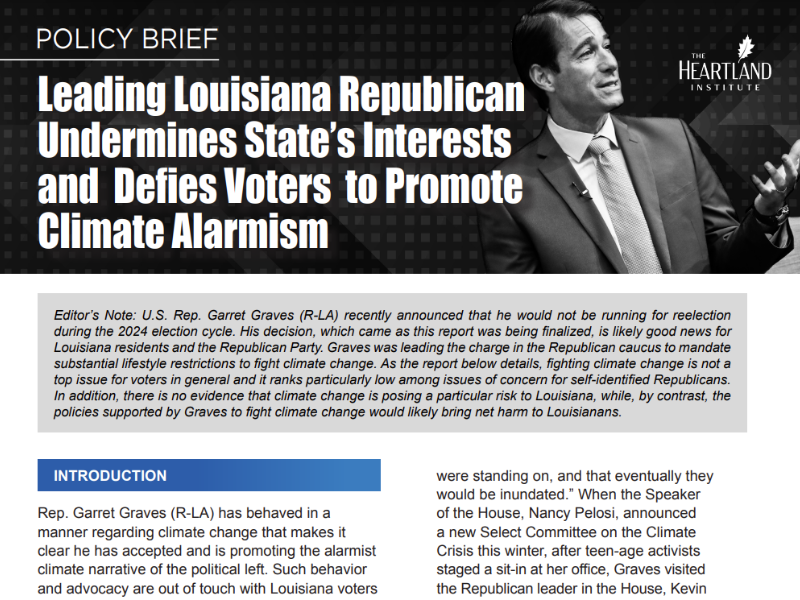Halloween is upon us, and once again opponents of frac sand mining are trying to scare people in Wisconsin and other parts of the Upper Midwest by producing one-sided studies based on unscientific, anecdotal evidence (which is subject to cherry-picking and other biases) to back their claims. Fortunately, the scariest claims these organizations have made about the potential public health impacts of frac sand mining are not supported by the scientific data, and in many cases the data suggest just the opposite.
One of the most common claims of sand mining opponents is that frac sand mining will negatively affect air quality by generating particles of crystalline silica small enough to be inhaled. These particles (which are 4 microns in diameter and are also referred to as PM4s) can cause silicosis, a very serious but preventable lung disease, in professions such as sandblasting, construction, and mining.
However, the available, real-life data gathered from air-monitoring studies conducted at frac sand facilities and communities throughout Wisconsin and Minnesota suggest the public’s health is not at risk, because these facilities don’t generate hazardous levels of small silica particles.
These studies use stringent methods and x-ray diffraction technology in accordance to guidelines established by the National Institute for Occupational Safety and Health. The studies also modified existing Environmental Protection Agency (EPA) methods employed for measuring other small particles to account for the specific particle size being studied and analyzed for crystalline silica. The results are encouraging.
After collecting samples every three days at four separate EOG frac sand facilities in Chippewa County and Barron County, Wisconsin, Dr. John Richards, who conducted the study, found ambient air concentrations for small, PM4 crystalline silica particles were well within the range of background concentrations present in agricultural, rural, and urban areas throughout the United States.
Additionally, all four facilities studied had ambient concentrations of PM4 crystalline silica that were less than 10 percent of the California reference exposure level, meaning emissions of silica dust at these facilities were measured at rates far below levels considered dangerous.
Anti-mining activists have raised another concern about air quality, claiming dust blowing from trucks hauling frac sand could potentially be a source of hazardous PM4 silica particles along transportation routes. These concerns prompted authorities to place an air monitor along a busy truck route in Winona, Minnesota. Using the data gathered from this monitor, the Minnesota Pollution Control Agency (MPCA) concluded dust from hauling frac sand near the site was not a threat to public health.
In fact, MPCA data show dust levels were so low that the air monitors were unable to detect it at all 94.7 percent of the days sampled over the past seven months. When air monitors did manage to detect the dust, it was in concentrations six times lower than the chronic health benchmark used by MPCA.
These studies provide a positive starting point to understanding the real and perceived risks of mining, processing, and transporting frac sand in the Upper Midwest. Although these findings are important, perhaps they should not be surprising. The reason the sand in the Upper Midwest is sought-after for hydraulic fracturing is because it is well-rounded, has a high crush strength (meaning it is strong and resistant to fracturing), and is well-sorted. PM4 silica particles are generally created by processes that blast or fracture silica particles into smaller pieces, and fracturing the sand grains is the exact opposite of what frac sand operators want to accomplish; fractured sand is less useful for oil and natural gas recovery.
Additional information will be incredibly valuable in assessing the potential public health impact of frac sand mining, but it is important to know fears of an outbreak of silicosis are simply not supported by science thus far. This issue requires further study and attention, but biased studies that exaggerate the costs and ignore the benefits of frac sand mining serve only to create unnecessary fear and are counterproductive to an informed, factually based, public discussion.





